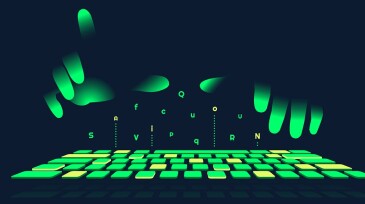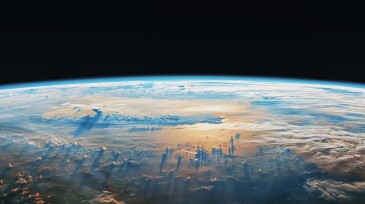AI/machine learning
Aurora Innovation and Detmar Logistics have inked a deal for 30 autonomous trucks that will begin hauling sand in the region next year.
Sustainability in reservoir management emerges not from standalone initiatives but from integrated, data-driven workflows, where shared models, closed-loop processes, and AI-enabled insights reduce fragmentation and make sustainable performance a natural outcome.
Sponsored
In oil and gas operations, every decision counts. For more than 2 decades, SiteCom has been the trusted digital backbone for well operations worldwide, driving insight, collaboration, and efficiency.
-
It is imperative for energy companies to assess potential legal ramifications of integrating artificial intelligence into their operations.
-
Few oil and gas companies give data science projects the better part of a decade to prove out, but that’s just what this one did.
-
The company has announced that it will be expanding the use of generative AI to assist its employees.
-
The oil and gas industry is embracing digital technology not just as a differentiator but as an enabler of innovation. The simple reality is that, if one doesn’t, they risk being out of the game.
-
AIQ, ADNOC, and SLB announced a new software suite that integrates artificial intelligence into reservoir analysis and field development projects.
-
Declining costs to launch monitoring satellites, as well as artificial intelligence, which makes parsing terabytes of emissions data feasible, have given the oil and gas industry an emerging tool for environmental stewardship.
-
The software that the duo is working on aims to optimize and automate the moving of drilling rigs.
-
The authors of this paper describe a procedure that enables fast reconstruction of the entire production data set with multiple missing sections in different variables.
-
This paper presents an approach to optimize the location of wellhead towers using an algorithm based on multiple parameters related to well cost.
-
This paper presents a physics-assisted deep-learning model to facilitate transfer learning in unconventional reservoirs by integrating the complementary strengths of physics-based and data-driven predictive models.













